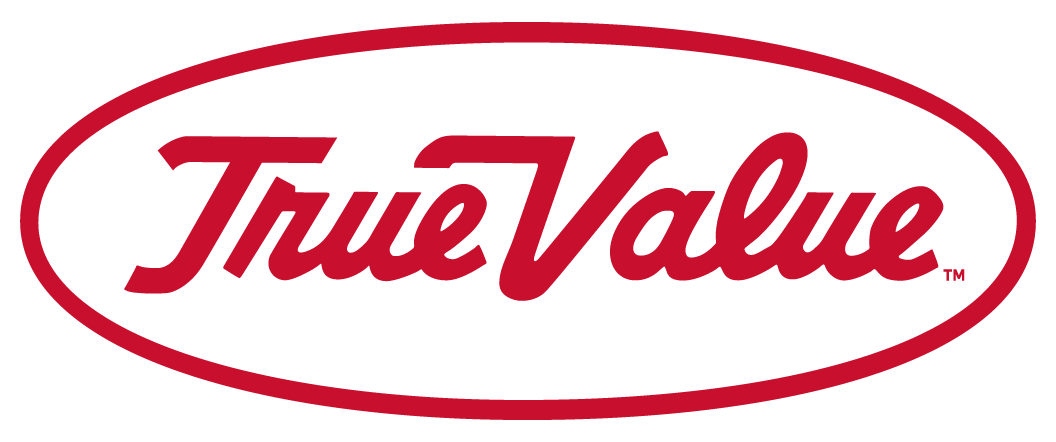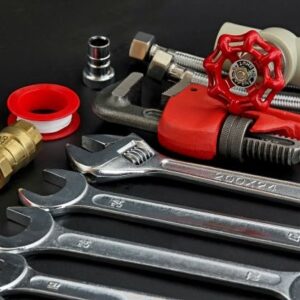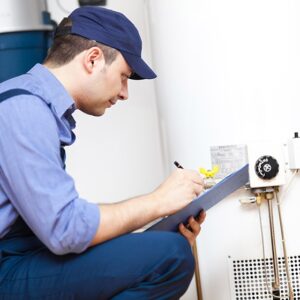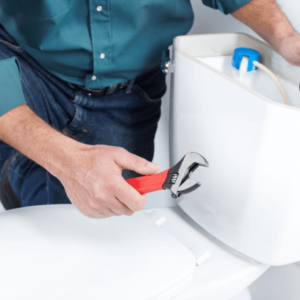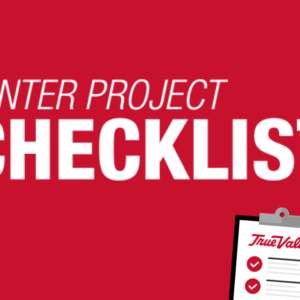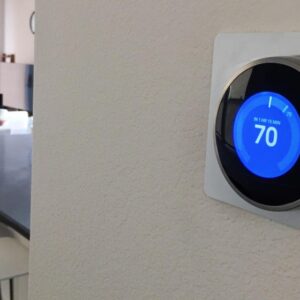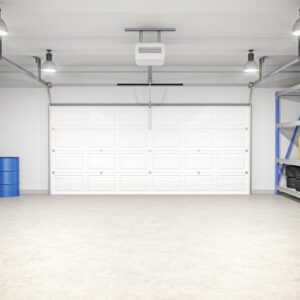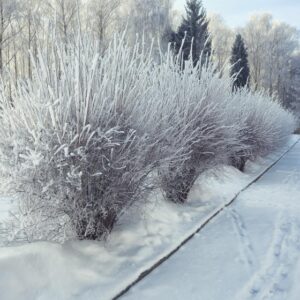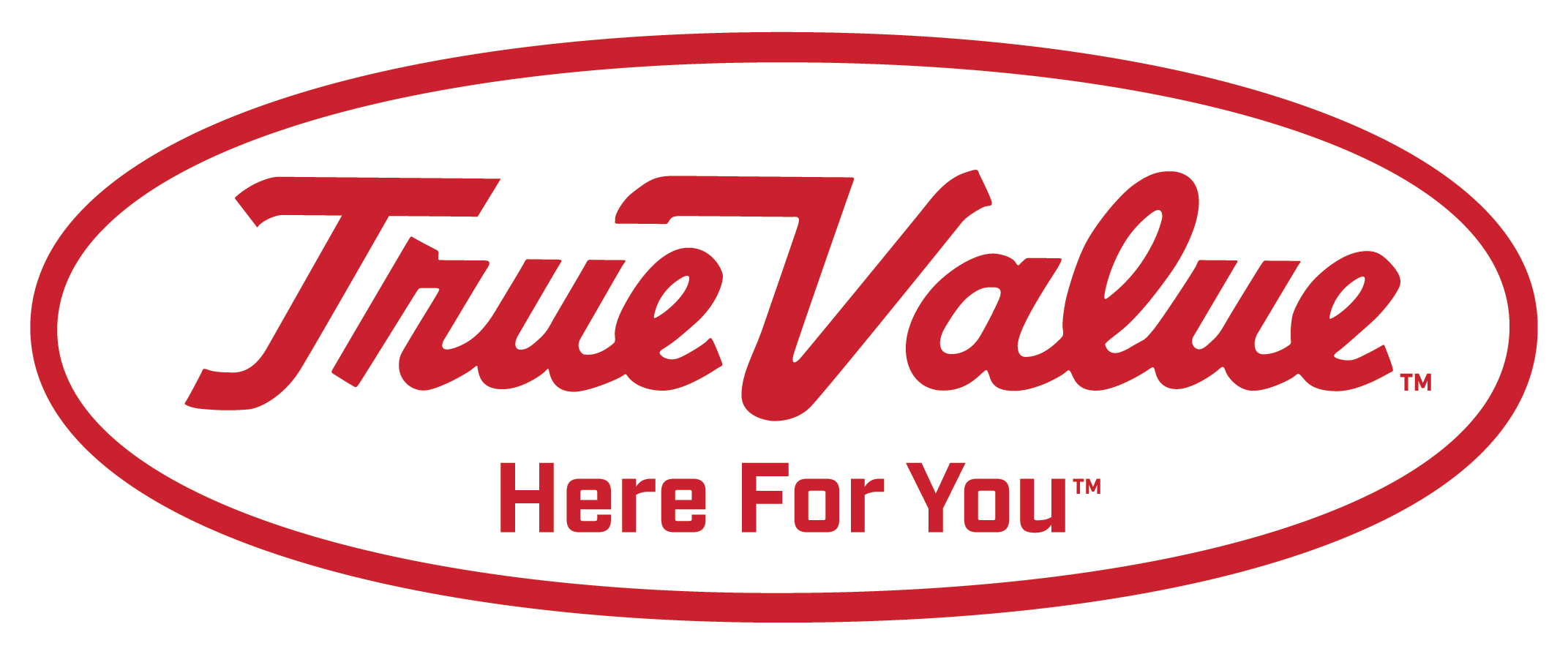Snow blowers are indispensable tools in areas where heavy snowfall is common each winter. They make clearing walkways and driveways quicker and easier than when using just shovels. If you don’t maintain yours, though, you had best prepare your back for a lot more shoveling. Keep your blower in tip-top shape each season and it will keep working year after year to help you keep snow off of needed surfaces. Follow this step-by-step maintenance guide and learn how to correctly clean, care and store your snow blower this winter.
Snow Blower Maintenance Checklist
Step 1: Inspect the Blower
Each season, both before you start and when you put it away for the winter, inspect your snow blower for signs of wear and tear. Check all belts, screws, and nuts and bolts to ensure that they are in good condition and tightly fastened, etc. Depending on the type of blower you have, it will have either one or two belts that need to be in good condition for the machine to run efficiently. If any belt has signs of wear or cracking, it should be replaced. Check the starter cord for any fraying as well. Check the tires. If pressure is low, add air until the tires are at the manufacturer-recommended pressure. If the tires are worn, replace them. Tire chains should also be inspected for any damage or wear.
Replace any shear pins that are broken. If there are, don’t worry — that’s what they’re supposed to do. These pins, also known as shear bolts, connect the blower’s auger to the auger shaft, and break when the blower encounters too much torque, preventing potential damage to the whole machine.
Helpful Tip
Keep extra shear pins around so you can replace them when needed during peak operating season.
Check the scraper bar for any damage or excessive wear and replace it if need be. Also, take a look at the skid shoes to be sure they aren’t worn down.
Step 2: Change the Oil
You should periodically change your snow blower’s oil. Your model may require an oil/fuel mixture, depending on what type of engine your blower has. Some models have a two-cylinder engine that use a mixture of gas and oil while others are four-cylinder, with gas and oil separate. To drain the oil, turn off the machine, making sure that it will not accidentally start up while you’re working, and remove the oil plug. Let the oil completely drain into an oil pan. Then replace the plug and fill the crankcase with the manufacturer-recommended amount of engine oil. Turn the machine on and let it run for a minute before turning it off. Then check the oil level. Discard of the old oil by draining the oil pan into the empty “new” oil bottles, using a funnel, and then seal them tightly.
Step 3: Replace Filters and Spark Plug
Periodically swap out old air and fuel filters as needed. Follow your owner’s manual instructions on how to replace each one. You should also change the spark plug from time to time. A good rule of thumb is every 100 hours or once per season. Remove the connecting wire from the plug and then unscrew the plug using a wrench. Screw in the new plug until it is snug (don’t over-tighten) and then reconnect the wire.
Step 4: Lubricate Machinery
Check your owner’s manual for the recommended type of oil to use and instructions on lubricating the necessary parts on your snow blower. As with any motorized tool, proper lubrication is a necessity to keep the machine running efficiently and safely.
Helpful Tip
Before you begin clearing your sidewalk, spray some all-purpose oil or cooking spray around the opening of the discharge chute to help prevent clogs from wet, heavy snow.
Step 5: Store Properly
At the end of each snowy season, proper storage of your snow blower will ensure it has the same level of performance the following year. Drain the fuel and then run the blower until it is completely out of fuel. Drain the oil as well, so that you can simply add new oil when it’s time the next season. Clean the blower with a damp rag and give it a once-over to make sure all parts and accessories are in proper working condition. Disconnect the spark plug. Remember to clear the snow off the blower and from its machinery after every use.
Snow Blower Safety
Snow blower safety should be your highest priority, even over clearing away the snow. By following just a few important safety steps, you can get the job done right, without incident, and be back inside where it’s warm in no time at all.
Safety Alerts!
Clearing the Chute – Never clear a clogged discharge chute by hand. The machinery inside is the most common cause of injury with snow blowers. Before clearing a clog, shut the engine off and wait for the blower to stop completely. Then use a tool, such as a broom handle or something similar, to clear out the clog.
Wear the Right Wardrobe – Remember to dress appropriately by wearing layers. As you work to clear snow, you may warm up and shedding a layer will make work easier and more comfortable. Wear work gloves and snow boots as well. Try to ensure your peripheral vision is clear by keeping any hooded apparel or headwear away from your face or where it might otherwise be obtrusive.
Handle Gas Properly – Don’t fill your blower’s gas tank while the blower is in operation. Always fill the tank outdoors where there is proper ventilation. Store fuel outside in a garage or shed away from your home.
Watch Your Aim – Watch where the blower’s discharge chute is pointing. Objects can be picked up and thrown by the blower and can cause someone injury or damage property.
That’s it! Now you know how to keep your snow blower maintained and working safely at peak performance all winter long.
Project Shopping List
Here’s what you’ll need to complete this project successfully.
